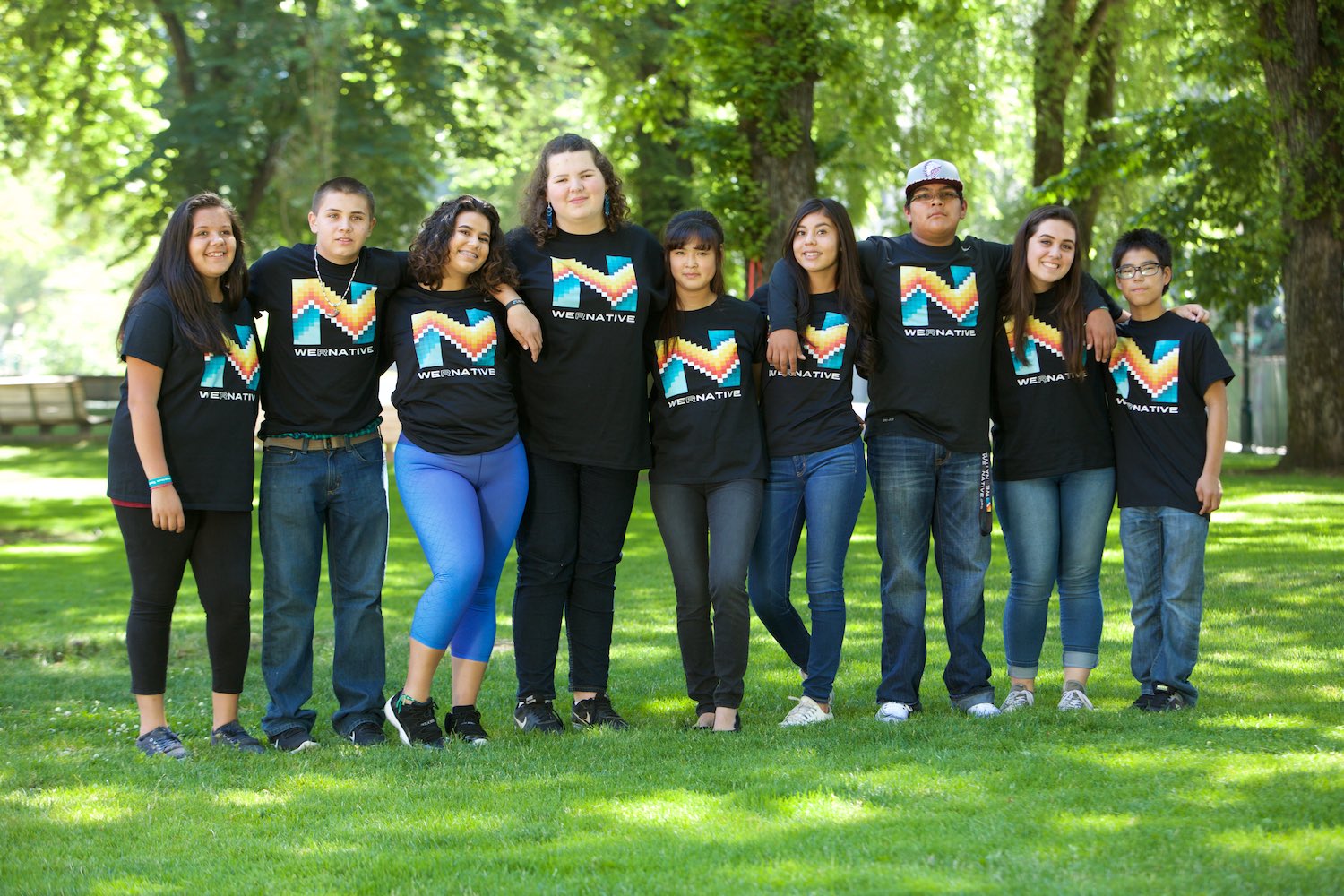Honoring all voices and respecting others impacts all aspects of our lives. It impacts what policies are created, whose histories are taught in school, and how we are seen and treated by others. We can all play a role in taking action. Let’s take a look at what it means to honor all voices and how we can stand up to uphold it.
There are several kinds of harmful biases:
- Interpersonal bias is prejudice against people of color.
- Microaggressions are subtle prejudiced statements or actions, like jokes based on someone’s culture, food preferences, or physical appearance. Sometimes microaggressions seem so small that others think they are not a big deal, but the truth is that microaggressions add up over time and have a big impact on how we feel about ourselves, how welcome we feel in certain places, and how others treat us.
- Internalized bias is when a person of color believes negative perspectives about themselves either consciously or unconsciously.
- Institutional bias is within an institution, like at a school, workplace, or in law enforcement. It is the policies and attitudes that give advantages to Caucasian people over people of color, like how many schools teach history that exclude Native people.
- Systemic bias is at the societal and policy level that consistently gives privilege to Caucasian people over people of color. This kind of action is often harder to see and challenge, because it is built into large and powerful systems, like the criminal justice system and the educational system.
Because it is so widespread, it can seem intimidating to figure out how we can stand up against and take action to uphold and honor all voice. Here are a few ways you can:
- Recognize that because we live in a bias society, we all have prejudices we have to unlearn. To honor all voices, we need to examine the prejudices or biases we hold – however subtle – and figure out how they impact our perspectives.
- Stand up when you hear something harmful – even if it seems small. Microaggressions, like jokes or comments based on someone’s culture or physical attributes, might seem easy to ignore, but it’s important we call them out and let people know it’s not okay.
- Learn about the history of this country and how it impacts Native communities and other communities of color. Find new TV shows, books, and movies that challenge your worldview and help you learn about other cultures. Choose not to engage in and support media that is harmful to others.
- Support other communities of color. We have a lot of experiences in common, but all communities of color are impacted differently. Let’s support each other!
- Advocate in your community when you see issues that impact Natives or other communities of color. Write to the politicians who represent you, talk to your peers about unfair policies, or help organize events to raise awareness of harmful policies or incidents.
- Take care of yourself. Dealing with biases on a daily basis can be exhausting. It is crucial to take care of yourself so you can be your best self for yourself, your family, and your community! Make sure you take time to rest, do your hobbies, and spend time with people you love.
Check out these resources to learn more about culture and race based biases :
- We Exist We Resist We Rise article by Rebecca Nagle for Teen Vogue
- Reclaiming Native Truths: A Project to Dispel America’s Myths and Misconceptions report


